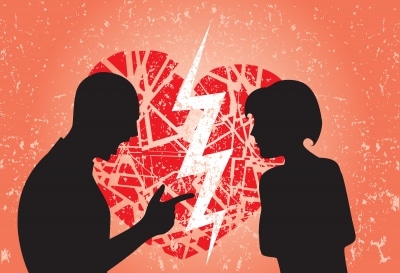People often come into therapy heartbroken because of the breakup they have had with a BP (Borderline Personality). The flattery, attention and obsessiveness with which the BP treats their partner at first is exhilarating to the ego. People get addicted to the feeling of exhilaration and power they feel at being so important to another person.
Then, when the BP strikes out at the partner often devaluing them with rage , attacking and threatening them with the same force that they had previously idealized them, the partner becomes confused. The partner often will deny these violent outbursts to themselves telling themselves that soon the loving exhilaration will return if they can just hang in there long enough. Just when the BP sees that the partner has had enough she/he will switch back to the obsessiveness and flattery.
This is called intermittent reinforcement…reinforcement that comes when you least expect it. It causes the addictive feeling of playing a slot machine. If you just put in one more coin, you could win the jackpot. When behavior is intermittently reinforced it is hard to extinguish the behavior.
So, what keeps people stuck in these relationships?
- Living with this emotional abuse and unpredictability throws a person off balance and undermines a person’s confidence. This leads to low self esteem and sometimes even feeling worthless..
- Fear of retaliation or violence from the BP, and fear that the BP will commit suicide as they often threaten to do.
- The need to rescue and keep the peace or lack of assertiveness. Some partners of BP’s have even tolerated extra marital affairs and sexually transmitted diseases in their spouses because they were afraid that if they expressed any needs themselves they would be accused of being controlling or needy.
To leave this drama a person needs to ask him/her self , “What would I be doing with my life if I weren’t trying to manage and cope with the BP?”. Addressing this question can be the beginning of a journey leading to self empowerment.
Check out what our customers have to say about us on our Google page!



